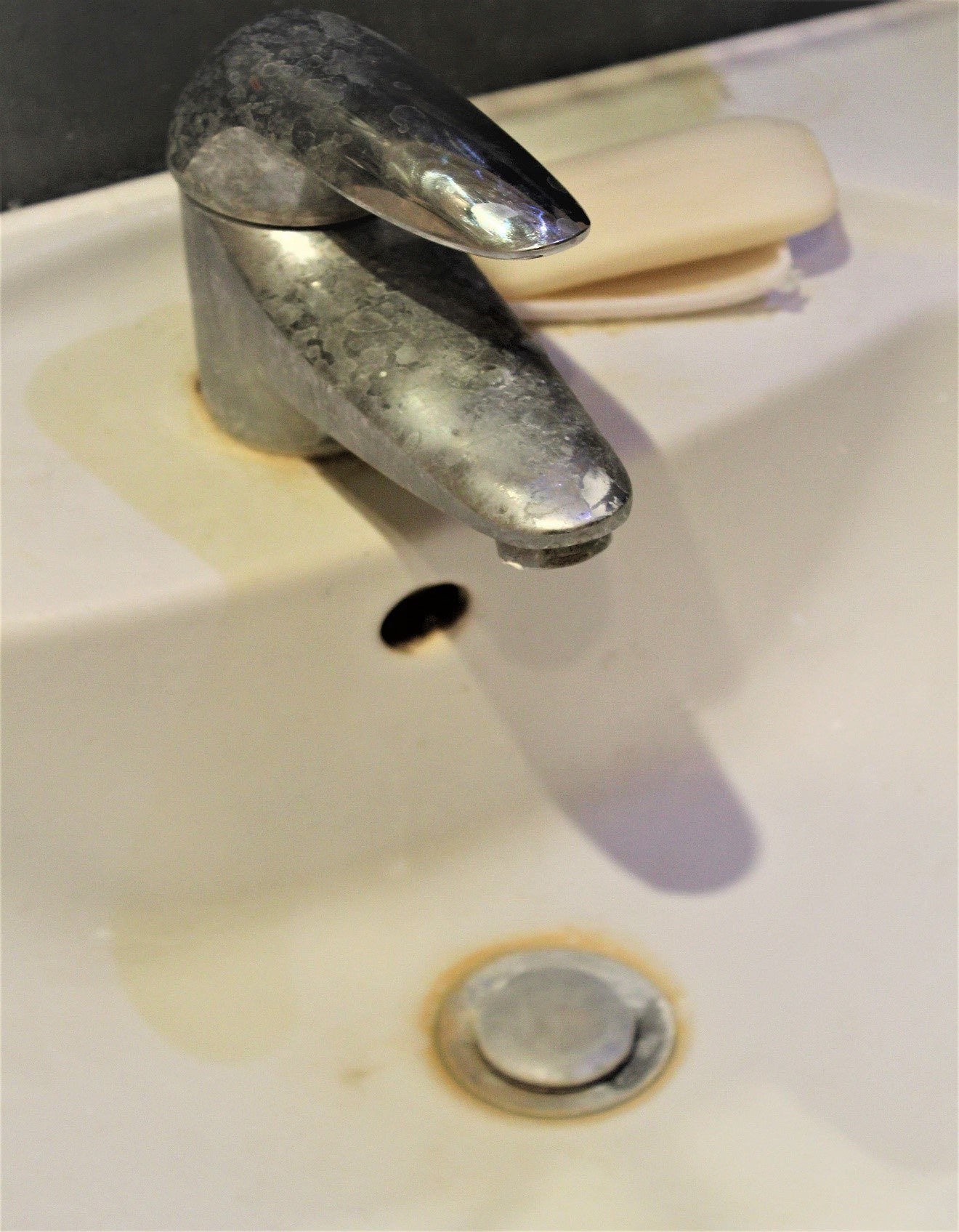How to Remove Limescale From Toilet?
Still, wondering how to get rid of toilet limescale? Although we may have mastered the art of indoor plumbing, we sometimes still manage to be greeted with the unpleasant sight of a stained toilet bowl. This happens when lifting up your toilet seat. When following this guide and a bit of perseverance you will no longer face such a sight. You will not have to live in fear when faced with such an issue again, now your guests can use your toilet without you having to worry!

Table of Contents:
What is Limescale?
Limescale (or also known as calcium carbonate, CaC03) is welcomed into our homes by water which has gone past soft rocks, examples being limestone and chalk. As rainwater travels through chalk and limestone rocks, it’ll gain some of the minerals held inside the rocks. As a result, this is how it becomes something we call ‘hard’ water. Yes, all the tap water in the United Kingdom (England, Scotland, Wales and Northern Ireland) has to through many filtration systems, minerals decide to remain stubborn. As such, the ‘hard’ water travels through our pipes, it as a result deposited limescale in our taps and appliances and is very common to do so.

We will notice that the powdery white substance which comes onto taps, mirrors, shower heads and other appliances is actually the built up of limescale. However, in contrast limescale inside the toilet bowl comes up as a brown/pink/orange stain.
Why it is important to remove limescale?
The main reason we remove limescale is because it leaves us feeling unpleasant and it genuinely looks disgusting especially if there are heavy stains. However, there’s an even bigger danger than disrupting your views in the bathroom. As more and more deposits are made the more and more it begins to build up which as a result will restrict the flow of water in your appliances such as your toilet or your dishwasher and other appliances. Therefore, having a bigger impact on your quality of life as you cannot wash your clothes or dishes properly.

The myths of limescale removal
Myths are always here in every aspect of life! The most common myth about removing limescale is with bleach and coke. We got tops here from one of the leading renovation companies in Dubai. Therefore, we decided to test it out and record the results so you don’t have to waste your time!
Bleach – We all can rely on bleach to help around with maintaining and cleaning our house as it helps with removing stains and it can kill any microbe. It makes sense to be able to use bleach in order to remove limescale but unfortunately, it makes the stain lighter but doesn’t get rid of it and it will keep on building up every time the deposition comes.
Coke – This may already sound dodgy to some people especially as coke is a fizzy drink…but funnily enough many people actually try and use it to remove limescale! It has been thought that if you pour coke into your toilet bowl and allow it to stay overnight, the next morning remove it with some water that it will remove the limescale. However, it just results in more of a coke-colored limescale stain.
Limescale prevention tip: Prevent limescale deposits by drying your bathroom fixtures after every use, this will minimize the building up.
Methods that actually work!
While you can purchase a variety of different specially designed toilet de-scalers to remove the unsightly accumulated limescale stains, you can achieve the same result with a bottle or two of white vinegar and some elbow grease. The non-alkaline nature of vinegar is ideal for softening and eliminating limescale and it is nowhere near as expensive as a commercial toilet cleaning detergent.
We think you’ll like…
9 Steps on how to clean a bathroom promptly and cost effectively
Cleaning your toilet with vinegar:
It is less likely that COVID-19 is transmitted through food. However, as a matter of how you keep your home in sparkling state, anyone handling food should regularly wash their hands with soap and water for at least 30 seconds before doing so. Crockery and other eating utensils should not be shared. All working or other high traffic touched surfaces should be cleaned regularly.
Limescale prevention tip: Best preventative of keeping the toilet bowel free of limescale is to pour white vinegar in the toilet water tank before flushing it after use.
Cleaning limescale with sand paper
Sometimes you’ll come across very, very stubborn limescale stains that will make you lose your chill! Many in this situation will attempt in just purchasing a new toilet especially if commercial cleaners cannot even get rid of it! But here is a little life hack. You can attempt to remove limescale with sandpaper, it’s available in many stores. You should aim to buy medium grain that removes the majority of the limescale alongside it’s stain and the second type you should invest in is fine grain to finish the job of removing the limescale, here’s how to do it:
There we go! We managed to face the limescale and overcome it! If you do have trouble doing this calling for professional help is always the best and easiest option if you want to save the hassle of doing all of these other alternative methods!





